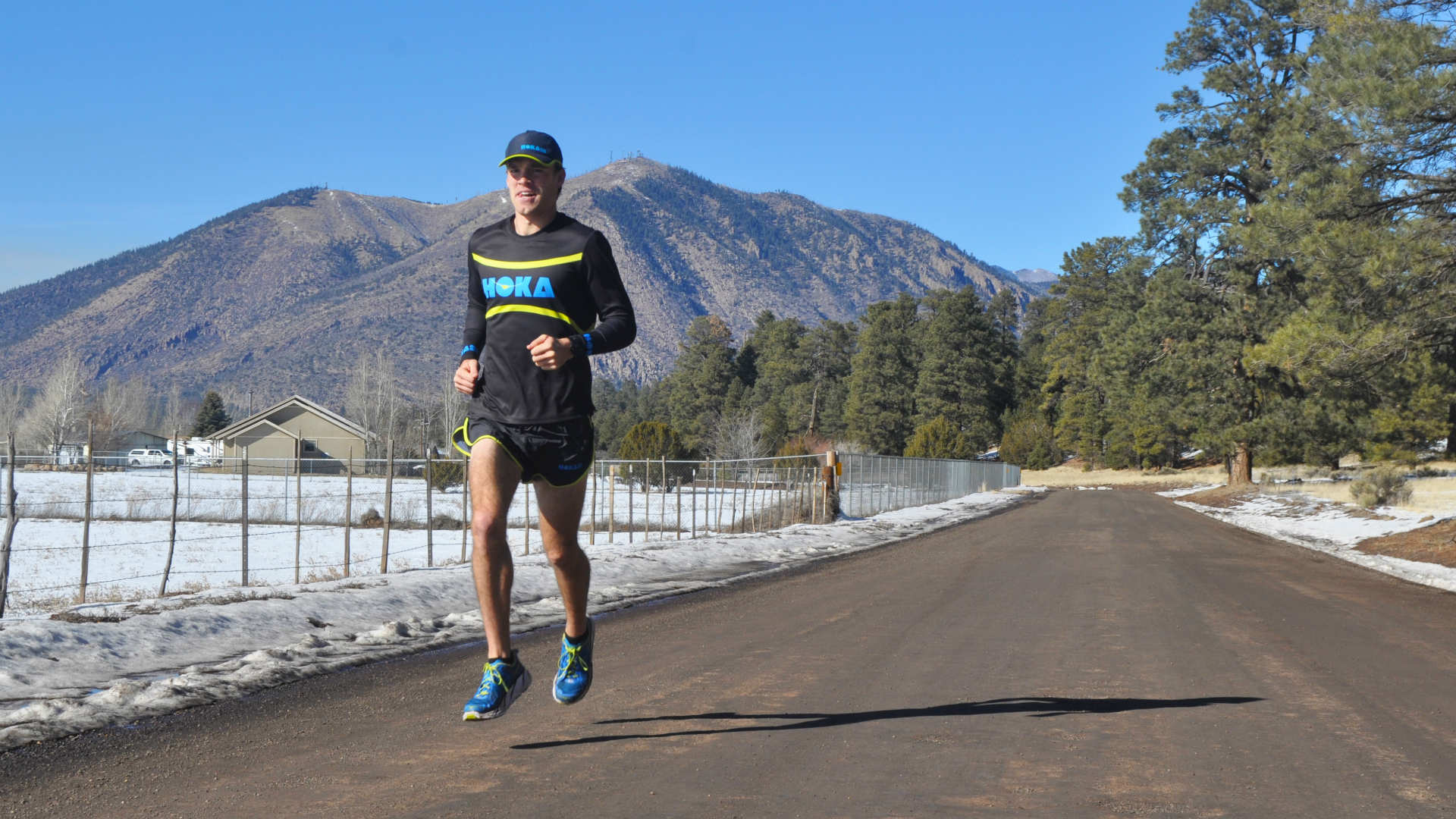Although co-founder, Nicolas Mermoud and Jean-Luc Diard, are not young their running shoe company very much young. Hoka One One was founded in 2009. In the same year the book “Born to Run” was published. This book highlighted the origins that every human being has to run. After years, and years, of trying all different kinds of shoes we have lost our roots of running bare foot. With this book, many runners flocked to wear “minimalistic” shoes or even run barefoot. Mermoud and David went the opposite way.
Their brand has been made popular for being the exact opposite of minimalistic running, instead being referred to as maximalist running. The two looked for a way to make running down hill faster, and more comfortable. They were able to do this by provide first a large sole. But more importantly providing additional cushioning that does not add extra weight to the shoe. This allows for a shoe that both protects your feet over long miles, and feeling flightless when running. Thus Hoka’s were born. There shoe first was greatly embraced by ultramarathons, but has since found popularity with a variety of runner types. For the shoe industry they were able to break into a completive market filled with brands like Nike, Adidas, Saucony, etc… because they found a new perspective at an age old problem for runners.
https://www.hokaoneone.com/on/demandware.store/Sites-HOKA-US-Site/default/Home-Show


I think that this is a really interesting idea because they are thinking about the other end of a problem that many people have not even considered. The fact that they are trying to create a shoe that is lightweight and comfortable is innovative. They are trying to create a way to do an activity in a way that has never been done before.
I have heard about how people after running in shoes for centuries have underdeveloped/overdeveloped parts of the foot that are different from what they were before shoes. They say that running barefoot is supposed to be more natural and beneficial for our feet. I think that this idea is very interesting and the problem is definitely fascinating. This product, depending on how comfortable/supportive, could also be used to help older people who still like to run but have achy and sore feet.
I like how this product is heading in a very different direction than what is typically thought of running shoes. Rather than barefoot running emphasis, they emphasized more support. I am interested to see how their product does in the shoe market!